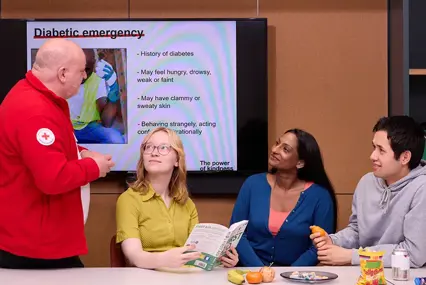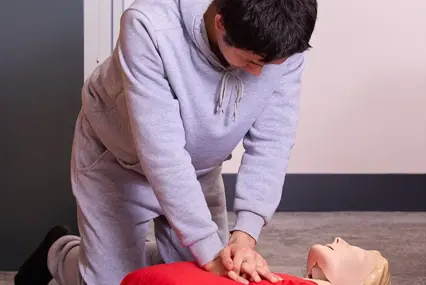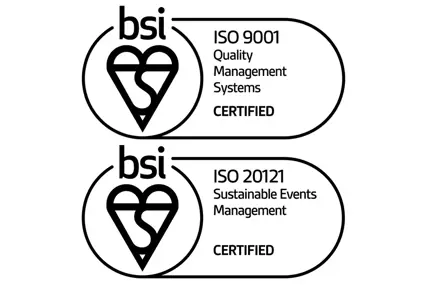Inclusivity and accessibility
We’re committed to making every course a valuable, inclusive and accessible learning experience for every individual learner.
How we support our learners

Learning styles to suit you
Our trainer delivery and course content are specifically designed to suit a range of learning styles across all our courses.

We strive to accommodate you
If you have specific accessibility or learning requirements, we can attempt to make reasonable adjustments if you let us know before your course.

Accessible course content
Our course content may be available in a format better suited to you, with larger font sizes available for our course companion booklets.

Venues to suit everybody
Many of our training venues include accessible features such as step-free access. If you need more information, contact us before your course.

Introductions and starting your course
When you arrive at your course, you will be asked to sign the register and we may check your ID. Your trainer will begin the course with a health and safety briefing, so you know where to go in the event of a fire and how to exit the premises safely.
Following this you can expect an introduction to the course content and our course expectations, plus a course contract will be agreed mutually between learners and the trainer.

Practical aspects
Almost all first aid courses include CPR training which is assessed using a manikin on the floor. It is necessary that all learners are able to kneel on the floor for at least two minutes to demonstrate the skill for assessment. While our trainers may be able to facilitate the learner practising some parts of the skill with the manikin elsewhere, such as on a table or chair, the course aims to replicate a real-life situation where someone may collapse on the floor and become unresponsive, and our trainers must be able to assess that all learners are competent to perform this life-saving skill on the floor.
Likewise, there are other skills associated with unresponsive casualties that need to be assessed on the floor such as putting someone into the recovery position and demonstrating the use of an AED.

How does Red Cross Training maintain the quality of its courses?
Our commitment to the highest quality learning experience and sustainability is supported by our ISO certifications as a trusted training provider for your organisation.
We make it our mission to actively support not only your first aid needs but your sustainability vision, with all courses holding the ISO 20121:2012 certification in Event Management Sustainability.
Our ISO 9001:2015 certification in Quality Management means while your team learns life-saving skills, they are guaranteed to receive the highest quality content and training delivery, with continuous improvement at the heart of every course we train.